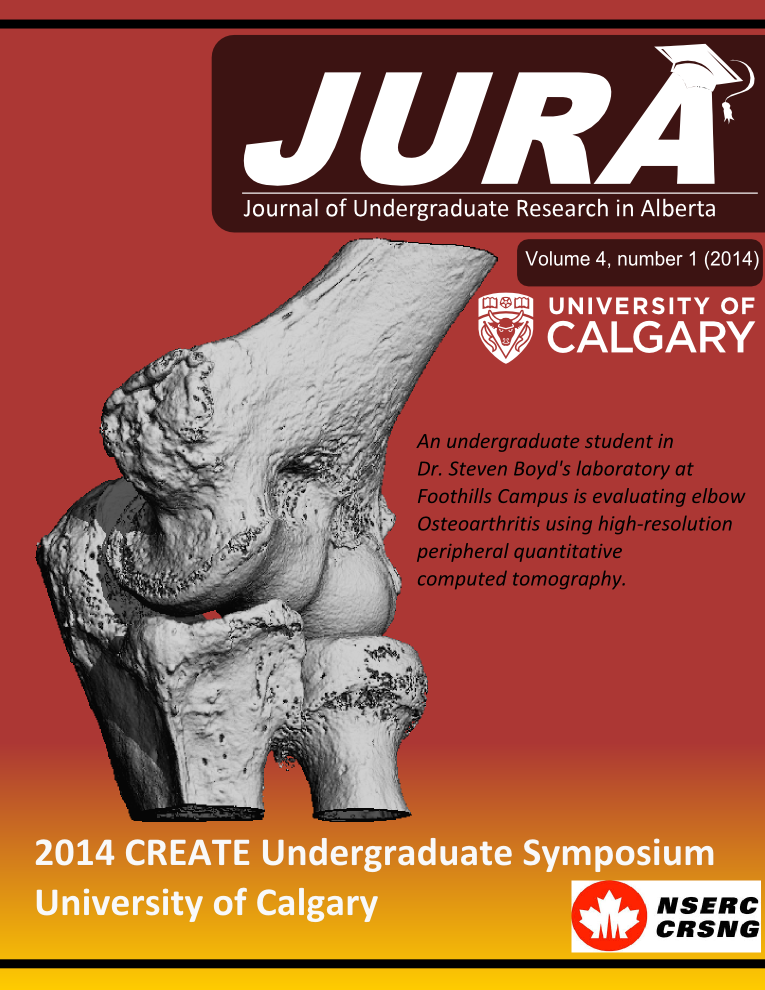EFFECT OF COUNTERFACE ON CARTILAGE BOUNDARY LUBRICATING ABILITY BY HYALURONAN AND PROTEOGLYCAN 4: CARTILAGE-CARTILAGE VS CARTILAGE-GLASS
Abstract
INTRODUCTION
Proteoglycan 4 (PRG4), also known as lubricin, is a mucin-like glycoprotein found in synovial fluid (SF) [1]. Hyaluronan (HA) is another constituent of SF that works synergistically with PRG4 to promote joint lubrication required for joint health [2]. Current in vitro friction tests used to analyze these lubricants have found similar trends but varying friction coefficient (m) magnitudes. These effects may be attributed to different testing protocols, and in particular the various interfaces [3,4,5,6,7,8]. Previous studies have used cartilage-cartilage [7,8] and cartilage-glass [6] friction tests to assess SF lubricants. However, few studies have examined the friction reducing ability of SF lubricants at various velocities and different interfaces. The objective of this study was to determine HA and PRG4’s lubricating ability at cartilage-glass and cartilage-cartilage biointerfaces at various velocities.
METHODS
HA (1.5 MDa, Lifecore Biomedical) was prepared at 3.3 mg/mL with phosphate buffered saline (PBS) [9]. PRG4 was purified from media conditioned bovine cartilage explants, and prepared at 450 μg/mL in PBS [9]. Two sets of tests were conducted using a modified boundary lubrication test protocol [7]. For cartilage-glass, a 6mm radius glass piece, with a root mean square surface roughness of 6.061±0.7554 nm, acted as the base core with a cartilage annuli [7]. Three lubricants were tested over three days, PBS (n=8), HA or PRG4 (n=4), and SF (n=8). Cartilage-cartilage underwent the same test sequence. Both sets of samples underwent the same testing protocol; samples were compressed to 18% of the total cartilage thickness with a 40 minute stress relaxation [9]. Samples were then rotated at effective sliding velocities of 10, 3, 1, 0.3, 0.1, and 0.01 mm/s with a 120s pre-sliding duration. Kinetic μ was calculated with instantaneous (<μkinetic>) load values. A two-factor ANOVA was used to determine effects of lubricant and velocity, with Tukey post-hoc testing.
RESULTS
At the cartilage-glass interface (Fig. 1A), <μkinetic> varied with test lubricant and velocity (p<0.001), with no interaction (p=0.78). All lubricants were significantly different from each other (p<0.001), except for PBS/HA (p=0.65) and PRG4/SF (p=0.72). Velocities were significantly different from each other when comparing 0.01 mm/s to all other speeds (p<0.02). At the cartilage-cartilage interface (Fig. 1B), <μkinetic> varied with test lubricant and velocity (p<0.01), with no interaction (p=0.82). All lubricants were significantly different from each other (p<0.01), except for HA/SF (p=0.07) and HA/PRG4 (p=0.35). Velocity was only significantly different at 0.01mm/s when compared to 3 and 10 mm/s (p<0.028).
DISCUSSION AND CONCLUSIONS
These results indicate that different articulating interfaces can result in different trends of <μkinetic>, and also affect the magnitude of the value. This agrees with previous research; showing that stiff and impermeable surfaces versus hydrated and permeable surfaces results in different <μkinetic> [3]. This data illustrates that HA is indeed a cartilage boundary lubricant and reduces friction at the cartilage-cartilage interface, but not at a cartilage-glass set up. Overall, different test systems are suitable for characterizing lubrication properties, but direct <μkinetic> values should not be compared.
Downloads
References
2. Teeple E, et al. AM J Sports Med. 39: 164-172, 2011
3. Dunn A, et al. Tribol Lett. 54: 59-66, 2014
4. Jay G, et al. Arthritis Rheumatol. 11: 3662-3669, 2007
5. Jay G, et al. Connect Tissue Res. 28: 71-88, 1992
6. Gleghorn J, et al. J Biomech. 41: 1910-1918, 2008
7. Schmidt T, et al. Osteoarthritis Cartilage. 15: 35-47, 2007
8. Davis W, et al. J Biomech Eng. 101: 185-192, 1978
9. Schmidt T, et al. Arthritis Rheumatol. 56: 882-891, 2007
Downloads
Published
Issue
Section
License
Authors retain all rights to their research work. Articles may be submitted to and accepted in other journals subsequent to publishing in JURA. Our only condition is that articles cannot be used in another undergraduate journal. Authors must be aware, however, that professional journals may refuse articles submitted or accepted elsewhere—JURA included.


